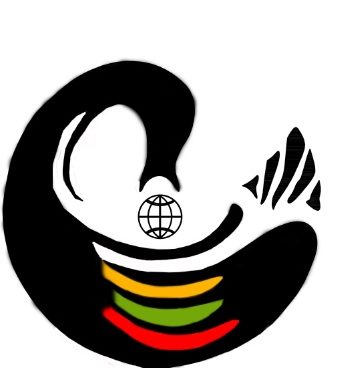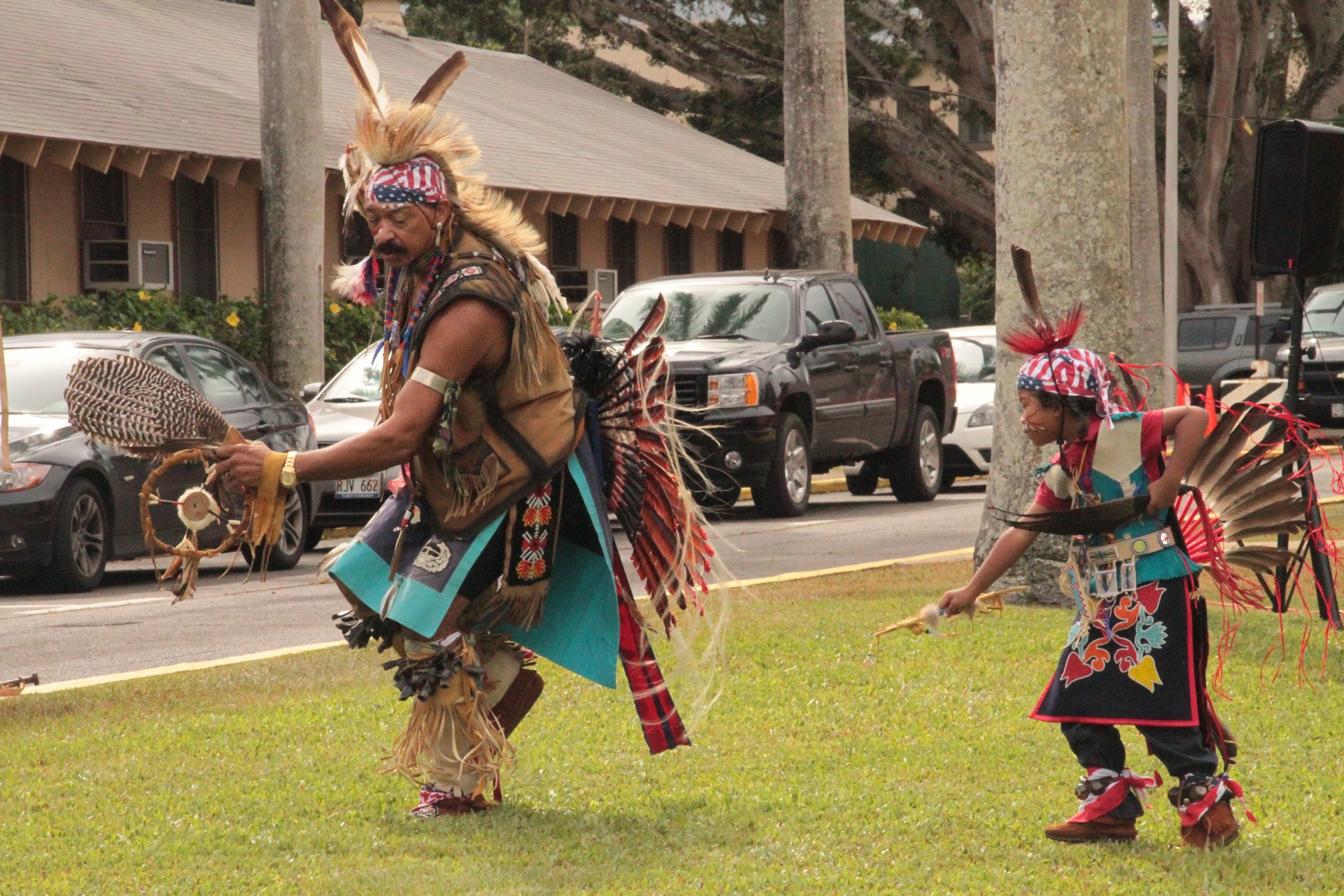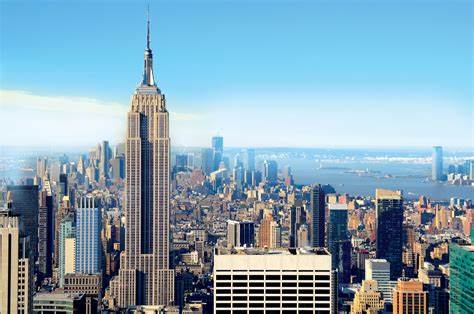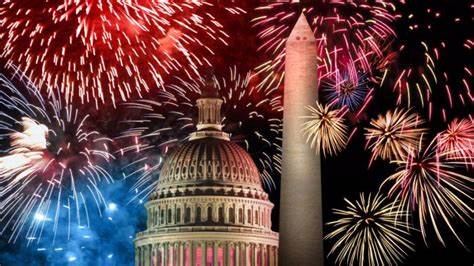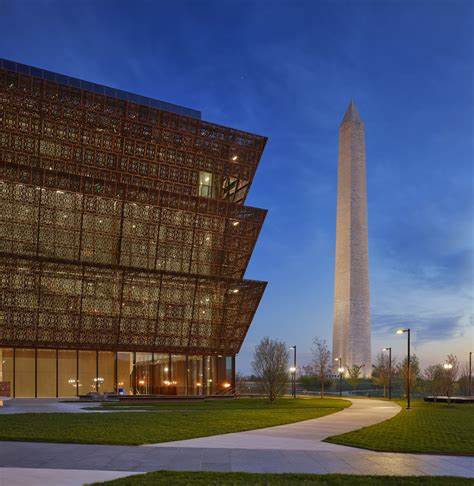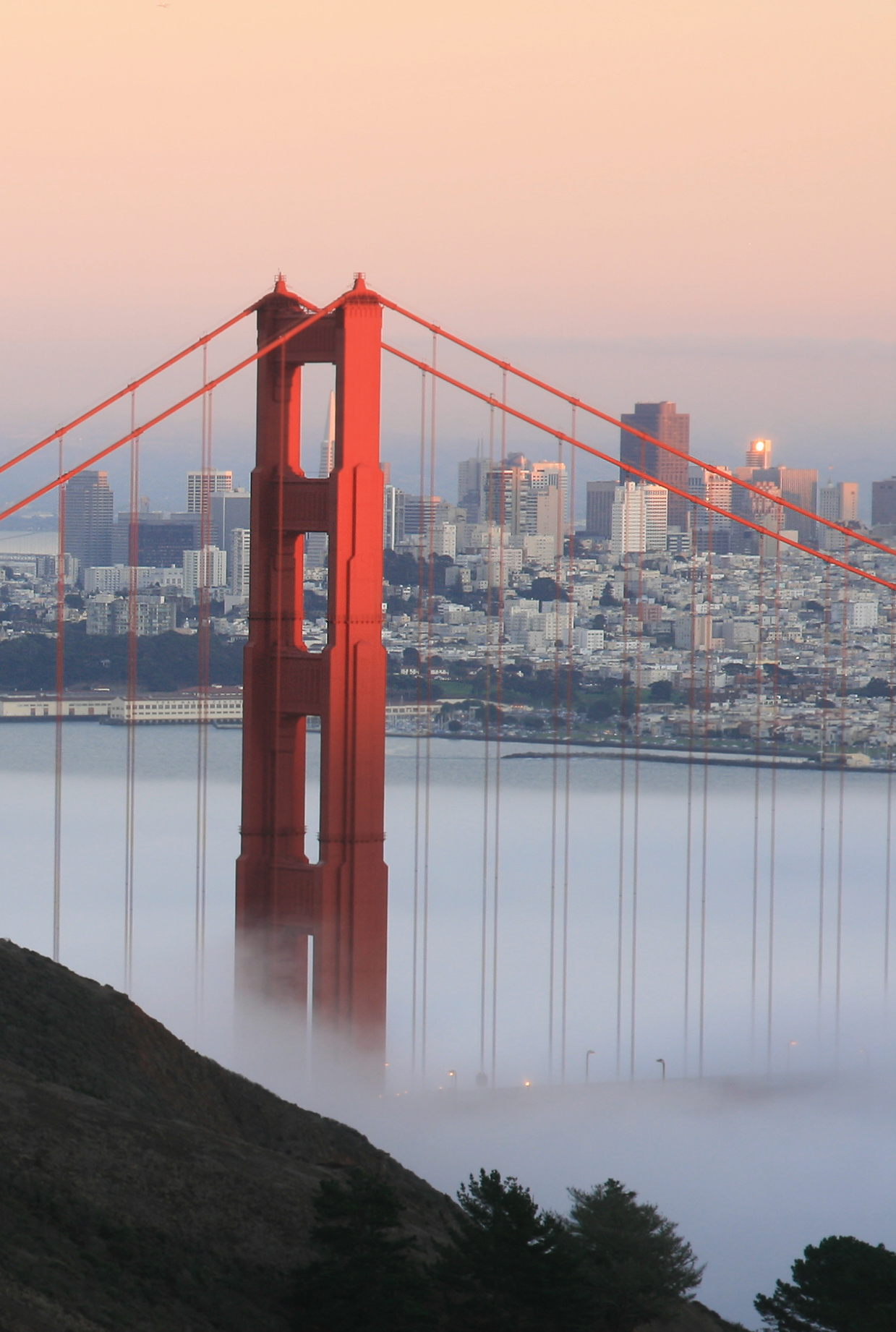The United States is located in North America composed of 50 states. . The conterminous states are bounded on the north by Canada, on the east by the Atlantic Ocean, on the south by the Gulf of Mexico and Mexico, and on the west by the Pacific Ocean. The United States is the fourth largest country in the world in area (after Russia, Canada, and China). The national capital is Washington. The US environment ranges from the Arctic to the subtropical, from the moist rain forest to the dry desert, from the rugged mountain peak to the flat prairie. In addition to the presence of surviving Native Americans (including American Indians, Aleuts, and Eskimos) and the descendants of Africans taken as enslaved persons to the New World, the national character has been enriched, tested, and constantly redefined by the tens of millions of immigrants who by have come to America hoping for greater social, political, and economic opportunities than the places they left. The United States is the world’s greatest economic power, measured in terms of gross domestic product (GDP). The nation’s wealth is a reflection of its rich natural resources and its enormous agricultural output. The United States is relatively young by world standards, being less than 250 years old; it achieved its current size only in the mid-20th century. America was the first of the European colonies to separate successfully from its motherland, and it was the first nation to be established on the premise that independence rests with its citizens and not with the government. July 4th is it’s official day of independence. The Appalachians dominate the eastern United States and separate the Eastern Seaboard from the interior with a belt of subdued uplands that extends nearly 1,500 miles (2,400 km) from northeastern Alabama to the Canadian border. With a total population exceeded only by those of China and India, the United States is also characterized by an extraordinary diversity in ethnic and racial ancestry. From colonial times, African Americans arrived in large numbers as enslaved persons and lived primarily on plantations in the South. In 1790, enslaved and free Blacks together comprised about one-fifth of the U.S. population. As the nation split between Southern slave and Northern free states prior to the American Civil War, the Underground Railroad spirited thousands of escaped enslaved people from the South to the North. In the century following abolition, this migration pattern became more pronounced as some six million Blacks moved from rural areas of the South to northern and western cities between 1916 and 1970 during the so-called Great Migration. On the heels of this massive internal shift came new immigrants from Western Africa and the West Indies, principally Haiti, Jamaica, and the Dominican Republic. The American civil rights movement in the 1950s and ’60s awakened the country’s conscience to the plight of African Americans, who had long been denied first-class citizenship. The movement used nonviolence and passive resistance to change discriminatory laws and practices, primarily in the South. As a result, increases in median income and college enrollment among the Black population were dramatic in the late 20th century. Widening access to professional and business opportunities included noteworthy political victories. By the early 1980s Black mayors in Chicago, Los Angeles, Cleveland, Baltimore, Atlanta, and Washington, D.C., had gained election with white support. Hispanics (Latinos) make up between one-sixth and one-fifth of the U.S. population. They constitute the country’s largest ethnic minority. More than half of the increase in the country’s total population from 2000 to 2010 was due to growth in the Hispanic population alone. The growth rate of the Hispanic population during this period was 43 percent—four times the growth rate of the general population. Asian Americans as a group have confounded earlier expectations that they would form an indigestible mass in American society. The Chinese, earliest to arrive (in large numbers from the mid-19th century, principally as labourers, notably on the transcontinental railroad), and the Japanese were long victims of racial discrimination. The Native American population has risen from its low point of 235,000 in 1900 to 2.5 million at the turn of the 21st century. thousands of religious denominations thrive within the country. Only about one-sixth of religious adherents are not Christian, and, although Roman Catholicism is the largest single denomination (about one-fifth of the U.S. population), the many churches of Protestantism are the majority. Some are the products of native development—among them the Disciples of Christ (founded in the early 19th century), Church of Jesus Christ of Latter-day Saints (Mormons; 1830), Seventh-day Adventists (officially established 1863), Jehovah’s Witnesses (1872), Christian Scientists (1879), and the various Pentecostal churches (late 19th century). In an economy dominated by privately owned businesses, there are still some government-owned companies. These include the U.S. Postal Service, the Nuclear Regulatory Commission, Amtrak (formally the National Railroad Passenger Corporation), and the Tennessee Valley Authority. Among the most important crops are corn (maize), soybeans, wheat, cotton, grapes, and potatoes. With major producing fields in Alaska, California, the Gulf of Mexico, Louisiana, and Oklahoma, the United States is one of the world’s leading producers of refined petroleum and has important reserves of natural gas. International trade is crucial to the national economy, with the combined value of imports and exports equivalent to about three-tenths of the gross national product. Canada, China, Mexico, Japan, Germany, the United Kingdom, and South Korea are principal trading partners.
Things to Do:
Visit the Museum Mall in DC
Visit NYC
Visit Grand Canyon National Park
